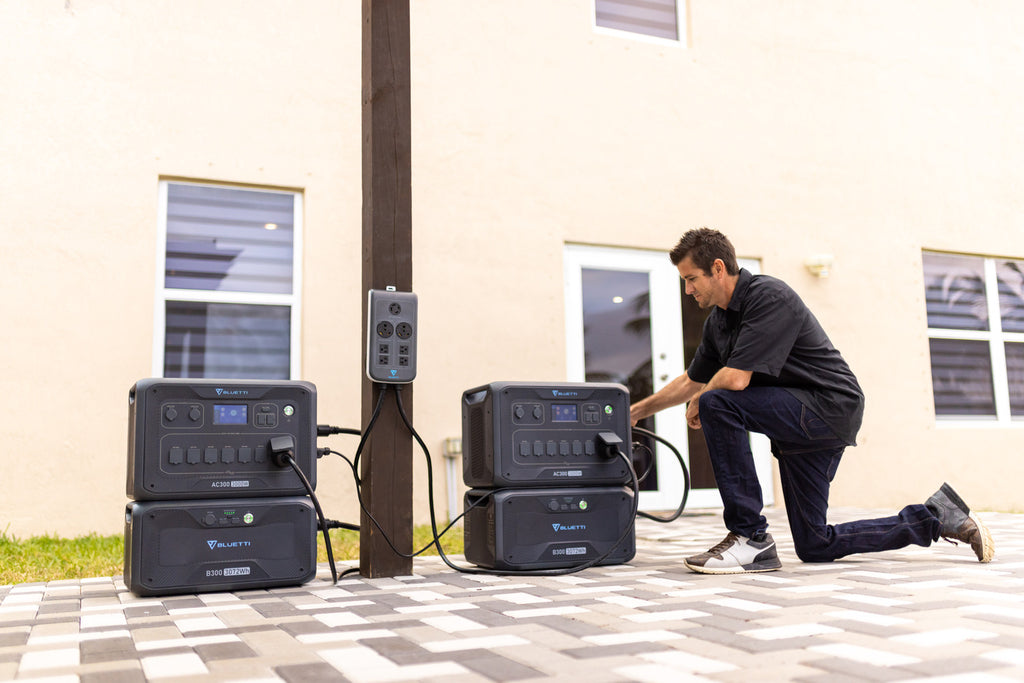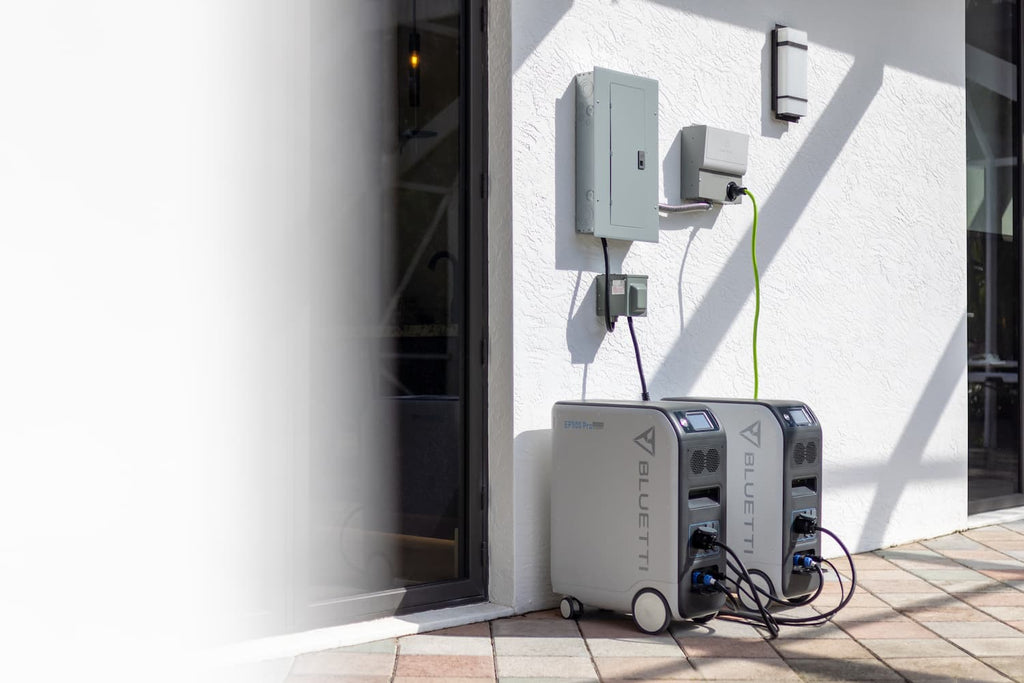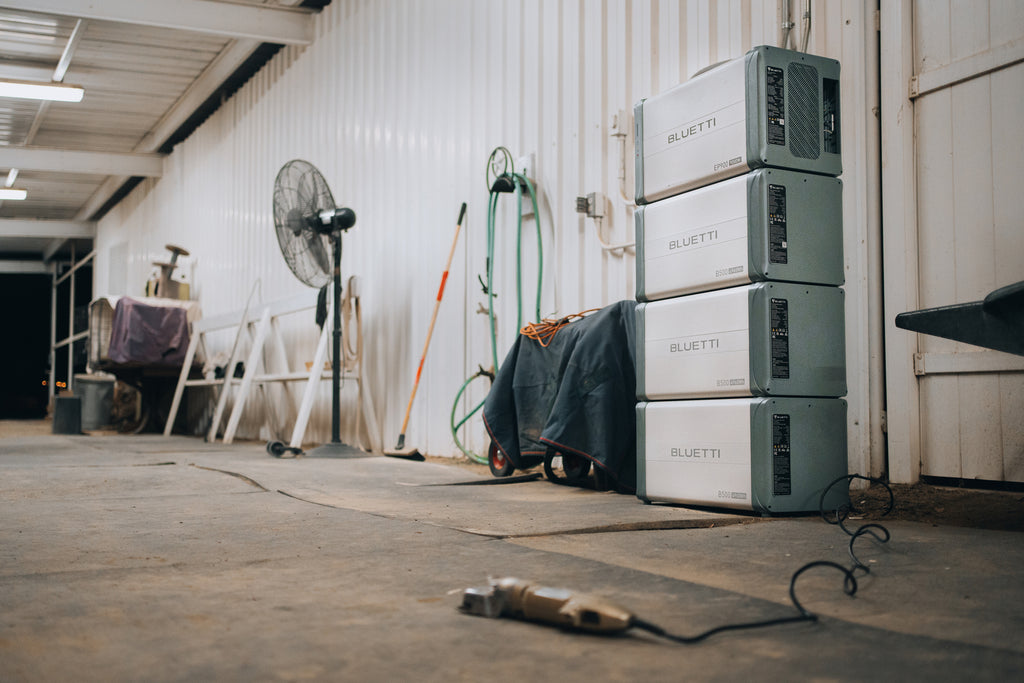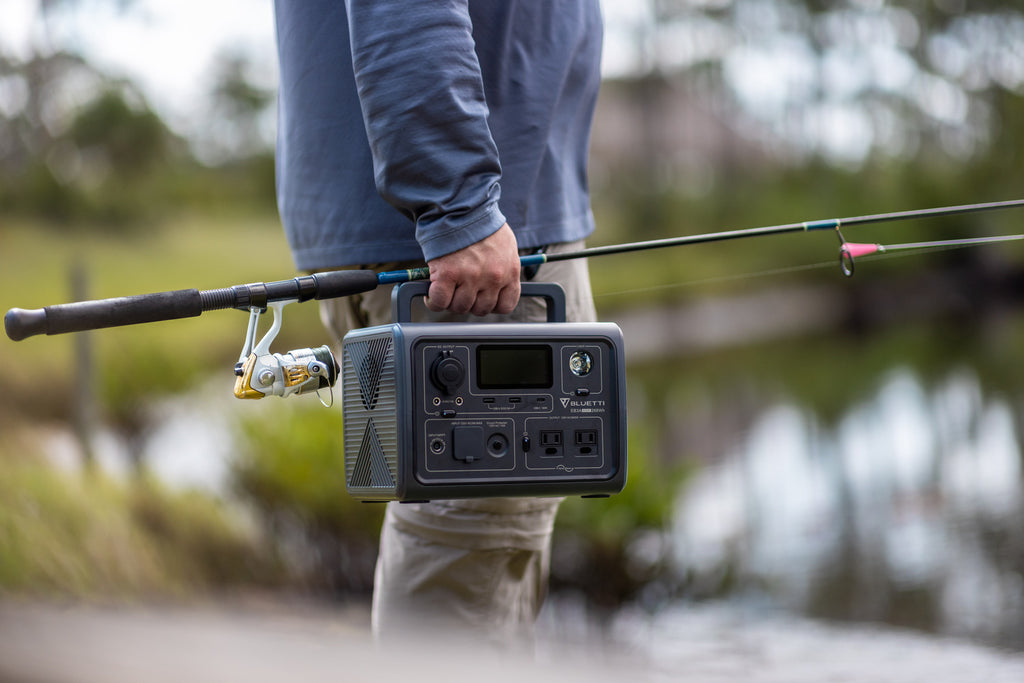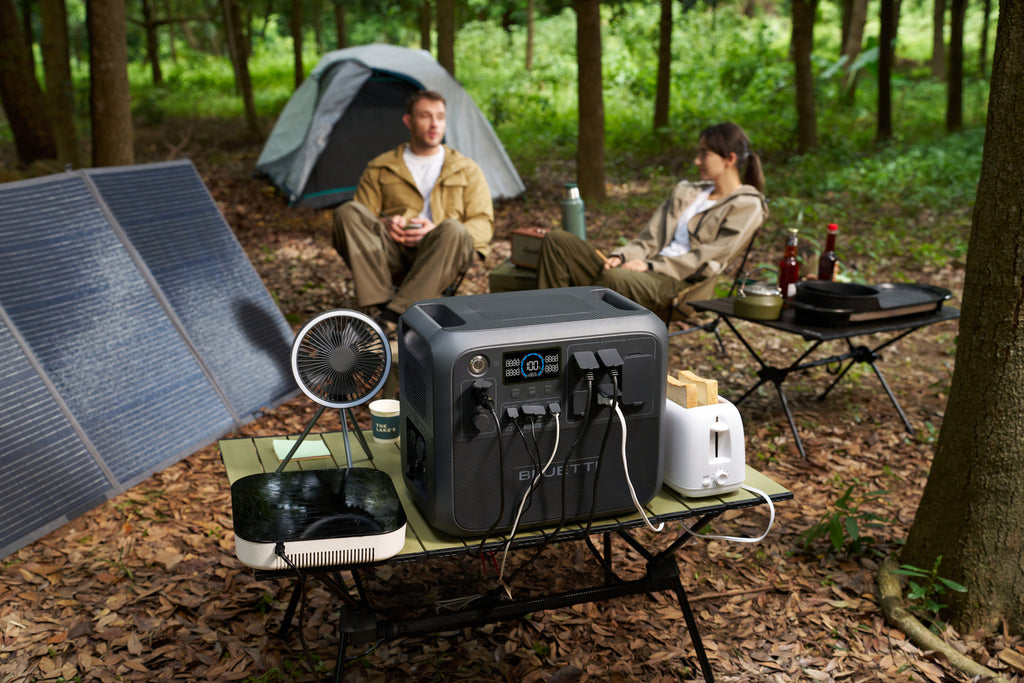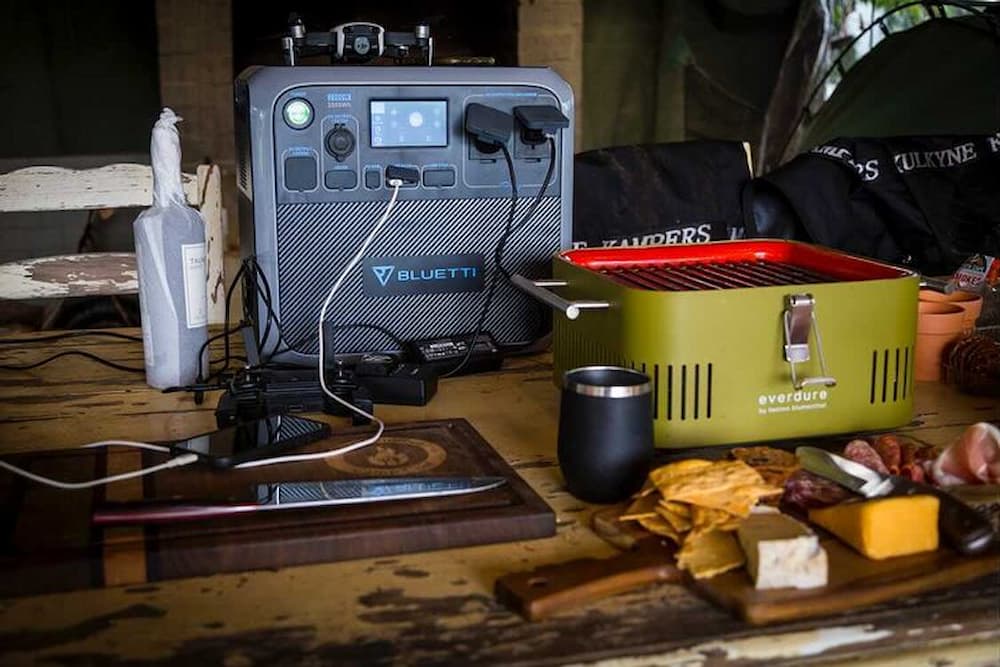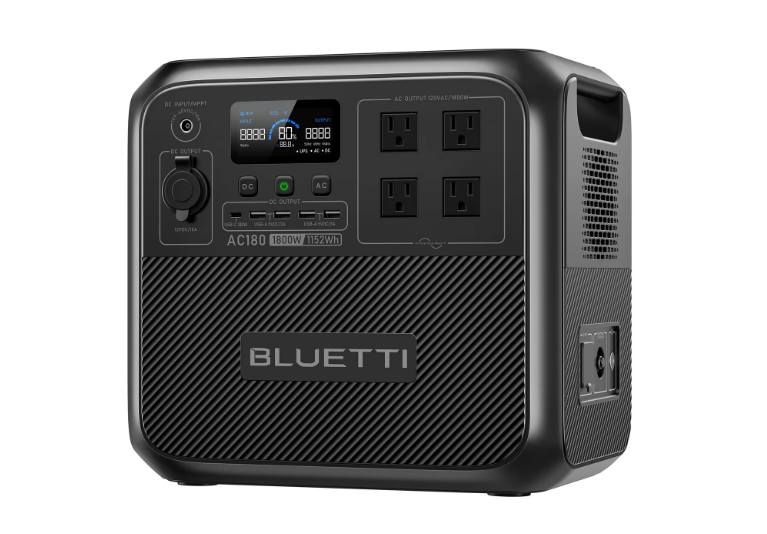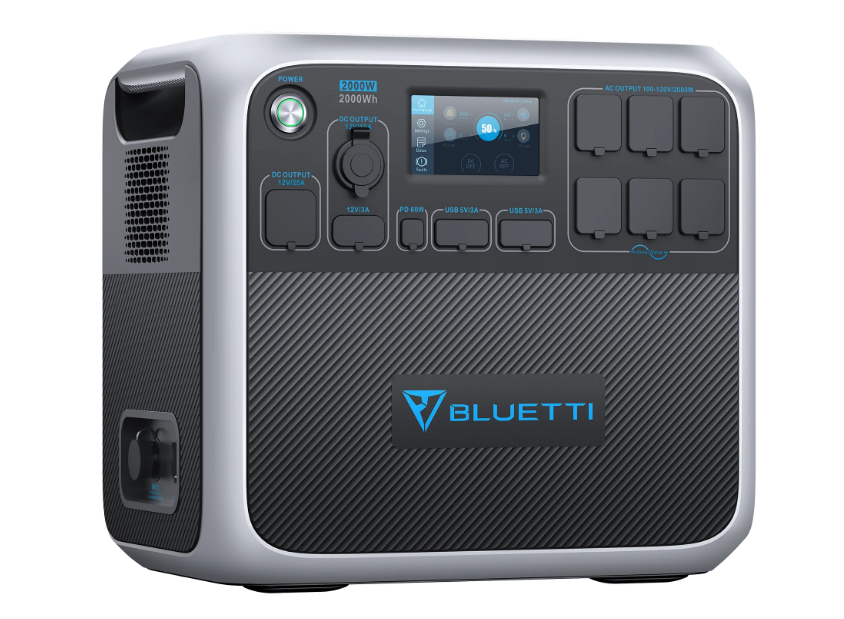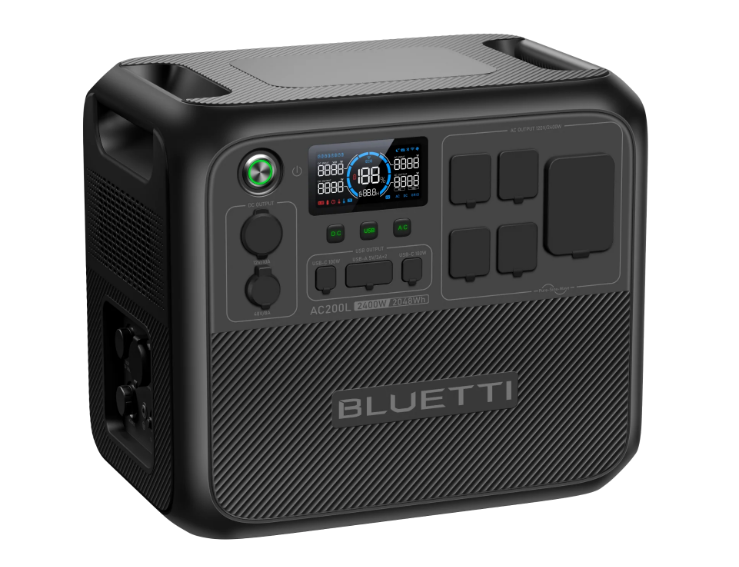Whether it is solar power or backup generators, you will find that keeping your family safe and comfortable during an outage no longer seems to be a difficult task if you have an emergency power source at hand.
Solar Power

Solar energy is the fundamental pillar of renewable energy, as it is able to tap and make the best use of the inexhaustible sun’s rays by employing various specialised devices. This solar power system, at its core, is a photovoltaic (PV) panel, made up of a solar cell that converts sunlight into energy. These panels together with inverters, convert the direct current (DC) electricity generated by the panels into alternating current (AC) electricity, which can be used within a household. Besides that, batteries retain the energy that is not needed during cloudless days and make it available for use in the nights when it is not sunny again.
Pros of Solar Power
Sustainable Energy
The solar power system produces electric energy without the emission of greenhouse gases and thereby makes the environment more clean.
Renewable Resource
The sun's energy is inexhaustible, hence, this energy source is reliable and consistent.
Economic Gains
Solar power is the only power alternative that ends up reducing electricity bills over time, delivering savings for homeowners and businesses over the long run.
Grid Independence
Users of the solar power systems are able to create their own electricity, thus decreasing their dependence on centralised power plants.
Extended Lifespan
Solar storage systems are long-lasting, typically functioning for 10-15 years, and many of them offer consistent energy storage throughout one cycle or more.
Cons of Solar Power
Initial Investment
The initial cost of installing solar panels is often a barrier to many people, although the falling prices are making solar energy more affordable.
Weather Dependency
Weather conditions and insolation fluctuations limit the efficiency of renewable energy, especially solar power generation, and thus make it unreliable.
Generator

Generators provide a traditional backup solution that has already been well known to many people. These gadgets work by converting different fuel sources, such as gasoline, diesel, propane or natural gas into usable energy during power outages.
The natural gas generators are directly connected to the main gas line, and they function automatically whenever they are needed to cover the energy deficit during a blackout. On the other side, the diesel generators need the refuelling to run continuously. Therefore, they need to be maintained regularly and have available fuel for power generation.
The fact that generators can be used as a source of immediate power during emergencies, generators are still a dependable option for homeowners with need of backup power solutions.
Pros
Low Upfront Costs
Traditional generators generally present less expensive start-up costs than other backup power sources, so that many homeowners can afford them without financial stress.
Availability and Accessibility
Generators are popular among many regions, and they are also easy to purchase and can be accessed by people living in remote areas that are looking for reliable backup power.
On-Demand Power
Having an ability to work endlessly depending on a continuous fuel supply, the traditional generators become a reliable source for the power that must operate continuously during blackouts or emergencies.
Direct Connection to Gas Line
Conventional generators are installed with the existing gas line in the house with no extra equipment like solar panels and hence the installation requirements are very simple.
Cons of Generators
Environmental Impact
Tied to the fact that the generators that function regularly cannot be environmentally friendly since they emit dangerous gases while operating and hence contribute to air pollution as well as increase the carbon footprint of the residences that rely on them for emergency power.
Noise Pollution
Generators are often noisy while being operated and they may create problems for neighbourhood residents and near-by neighbours, particularly in residential areas where there is a distance between houses, which are very close to each other.
Maintenance Challenges
The generators are subject to frequent maintenance in order to guarantee their high level of efficiency and a number of tasks, such as re-fuelling, oil changes and components inspection, which are not necessarily easy for home owners who do not have a technical background.
Long-Term Costs
Although traditional generators are relatively cheap to purchase, they will continue to have high costs during their lifetimes as they may require regular maintenance, fuel consumption, and repairs, which in sum can be more expensive than alternative backup power sources.
Solar System VS Generator: Cost Comparison
The decision between a solar system and a generator will have a direct influence on the cost of powering your home or business during blackouts or when you are off-grid for sure. An average standard solar power system installation for a house is estimated to be anywhere from $15,000 to $25,000, depending on the system size and complexity. Hence, after the initial installation, the running costs of solar systems remain low with less maintenance required.
On the contrary, a typical residential grade standby generator may cost around $5,000 to $15,000, and you still have to pay for installation expenses. Other than that, the generators need fuel to run and that creates more operating expenses. A generator with the capacity of about 10 kilowatts may consume up to $30 to $50 worth of fuel daily when there are long power outages.
Although it may involve a bigger initial investment, the solar system is the most cost-efficient in the long run, in addition to the fact that it has environmental benefits, as well as independence from fuel reliance. Therefore, it is a good choice for those who are interested in reliable power solutions.
Solar System VS Generator: Output
The most important factor to consider when comparing different power solutions, such as solar systems and generators, is the output they provide. Let's delve into the details:
Solar System Output
The output of a typical residential solar system is measured in kilowatts (kW). It may vary based on efficiency of panels, sunlight hours and shading. The electricity produced by a solar system with a 5-kW capacity can range between 6,000 to 8,000 kWh annually, depending on the location and weather. This will carry the possibility to cover a big share of an average family energy use, as it is specially reasonable during day-time.
Generator Output
Generators are being rated in kilowatt (kW), where the numbers indicate the maximum power output of each unit. For instance, a small 10-kW generator can provide you with up to 10,000 watts of uninterrupted power. Nevertheless, the actual result from the generator's operation may differ due to load and availability of fuel.
Comparing Output
Regarding the production, solar power systems generate unlimited emission-free power during daytime, and any excess energy is stored in batteries for the night. Generators, on the contrary, can supply the needed power at any time, but their efficacy is determined by the availability of the fuel and they need to be refuelled to keep on running over a long time.
Solar Home Battery Backup Recommendations
BLUETTI AC300 + B300 | Home Battery Backup

The BLUETTI AC300 + B300 Home Battery Backup is a modular power system. The battery is made up to four B300 battery modules per unit, thereby, providing a standard of 12.288Wh, which means you can take care of your family's basic needs for a few days during emergencies. In addition, unlike the traditional methods, this module is capable of 2,400 watts of solar charging input and advanced MPPT control, and it can recharge a B300 module in only 1.5 hours with sunlight. Well-kitted with a 3,000 watt pure sine inverter and adjustable AC charging rates, this versatile device can be used in every situation. The BLUETTI AC300 not only provides you with power during blackouts, but it can as well be your best friend for full-time solar living, leaving you worry-free about having energy for your needs.
BLUETTI AC200MAX + 1*B230 | Home Battery Backup

One of the first modular Bluetti power stations, the AC200MAX Home Battery Backup is perfect for ultimate versatility. A 2048Wh battery and a 2200W Pure Sine Wave Inverter will be your go-to recharging hub in the case of severe power shortages or even off the grid. With two ports, it supports two BLUETTI B230s or B300s and the output capacity reaches 8Kwh! Providing maximum solar input of up to 900W, plus wall outlet charging and the solar panel charging simultaneously, it provides a rapid 1400W total charging rate that tops up in under an hour. In addition to that, of course you can use all the 16 outlets to charge all your devices at the same time without any problems.
BLUETTI AC500 + B300/B300S | Home Battery Backup

The AC500 & B300S home battery backup, brings a revolutionary approach to solar energy implementation. Designed as a modular system, AC500 is able to sustain up to 6×B300S or 4×B300 battery expansions, holding 18.432Wh and 12.288Wh capacities respectively, making it sufficient to freely access off-grid power. In addition, owners of AC300 can now enjoy the AC500 inverter size, 5,000W, as component of their current bundle without buying a new set. With its built-in inverter, this 5,000W pure sine wave output is continuous. It also handles up to 10kW surge power briefly that makes it suitable for various use cases such as camping or backyard barbecue. In times of grid outages AC500 instantly becomes the source of your home’s energy powered by a sophisticated Lithium Iron Phosphate (LiFePO4) battery and Battery Management System (BMS). This provides superior security, reliability, and performance as compared to other battery type alternatives.
Final Thoughts
While the decision between solar and generator is a critical one, the long term positive impacts and sustainability of solar makes it the more preferred choice. By the use of solar power, which is a renewable energy resource from the sun, the point of independence from fuel is reached and negligible environmental effect is provided. Generators provide the required power instantaneously, however, they are associated with continual costs and greenhouse gases. A good way to go along with the trend of green power is to choose solar. In this way, the cost of energy is kept low, the environment will be protected, and also the dependency on a diminishing resource will be reduced.
]]>

